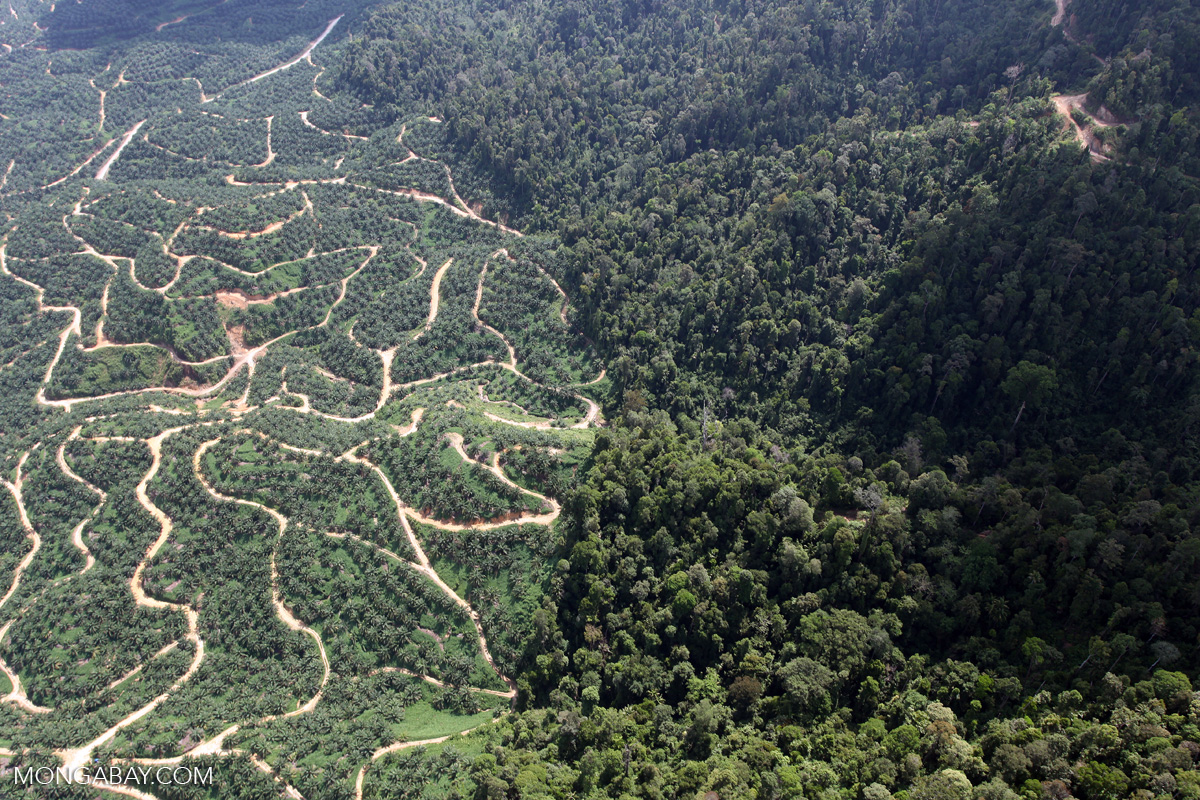- Designating land as a protected area (PA) reduces, but does not stop, deforestation, according to a recent study that found rates of deforestation are only 41% lower in PAs compared to non-PAs.
- After adjusting for PA effectiveness, they found that only 6.5% of forests are adequately protected — a far cry from the Convention on Biological Diversity’s (CBD) Aichi Target of 17%.
- Larger PAs had higher levels of deforestation. Africa, Europe and South America had the highest rate of forest loss within PAs. When the effectiveness of PAs was considered, China had the lowest percentage of truly protected lands.
- As new CBD targets are negotiated, the authors, along with other scientists, propose that new targets and PA establishment include quality measures. The current targets have created “a policy incentive to value total PA area above PA effectiveness,” the paper says
As Earth continues to lose forests and biodiversity, many have called for an expansion of protected areas. But protected status is not a silver bullet.
Designating land as a protected area (PA) reduces, but does not stop, deforestation, according to a study published in the journal Nature Ecology & Evolution, which found that rates of deforestation are 41% lower in PAs compared to non-PAs.
“Unfortunately, our research shows that protected areas rarely if ever do more than slow down deforestation,” said Christopher Wolf, the lead author of the study and a postdoctoral researcher at Oregon State University’s College of Forestry.
“It’s clearly not enough just to call a forest area ‘protected’ and assume that it really is. When you look at conservation effectiveness, you can’t simply rely on the amount of officially protected land as a metric. Nearly one-third of all protected areas are actually under intense human pressure.”
 Oil palm plantation in Malaysia. Image by Rhett A. Butler/Mongabay
Oil palm plantation in Malaysia. Image by Rhett A. Butler/Mongabay
In a first-of-its-kind comprehensive analysis, Wolf and colleagues used the World Database on Protected Areas along with maps of forest change to examine rates of forest loss across 5.3 million square kilometers (2 million square miles) of protected land in 63 countries between 2001 and 2018.
The rates of forest loss in PAs were compared to the rate of forest loss in non-PA control areas with similar elevation, slope, proximity to densely populated areas, and other characteristics. The researchers also created indices to quantify how effectively countries are protecting land in relation to deforestation rates, vertebrate species richness, and the forests’ aboveground forest carbon biomass.
According to the study, 15.7% of global forests are designated as protected, but after adjusting for PA effectiveness, they found that only 6.5% of forests are adequately protected. This number is a far cry from the Aichi Convention on Biological Diversity’s 2020 target of 17%.
“If you take into account imperfect protected areas’ effectiveness, it could require a near doubling of this original target,” co-author Matt Betts, director of the Forest Biodiversity Research Network at Oregon State University said in a statement.
 The endangered red panda is endemic to the forests of southwestern China and the eastern Himalayas. China has the lowest percentage of effectively protected forests, according to the study. Photo by Peter Meenen via Wikimedia Commons (CC BY 2.5).
The endangered red panda is endemic to the forests of southwestern China and the eastern Himalayas. China has the lowest percentage of effectively protected forests, according to the study. Photo by Peter Meenen via Wikimedia Commons (CC BY 2.5).
Africa, Europe and South America had the highest rates of forest loss within PAs, while Australia, New Zealand, Papua New Guinea and nearby island chains had the lowest. When the effectiveness of PAs was considered, China had the lowest percentage of truly protected lands and New Zealand had the highest.
Overall, larger PAs had higher levels of deforestation. A lack of funding for monitoring and enforcement limits PA effectiveness, and this can be especially true for larger areas.
As new targets under the Convention on Biological Diversity (CBD) are negotiated, the authors, along with other scientists, propose that these targets are based on quality measures and desired conservation outcomes, like preserving critical habitat and the needs of individual species. The current targets have created “a policy incentive to value total PA area above PA effectiveness,” the paper says.
“Area targets have been a powerful driver of change, but it is time to move forward with targets that focus on what matters,” Megan Barnes, a researcher at the Centre for Environment and Biodiversity Conservation at the University of Queensland, Australia, who was not involved in the study, told Mongabay. “The metric proposed by the authors, of adjusted protection, is one potentially good way to align consideration of quality with the area-focused approach.”
“Once established, PAs are near permanent,” say the authors of a 2018 commentary in Nature Ecology and Evolution. “Without action, we risk ‘locking-in’ a global PA estate that is designed to maximize area, not impact.”
“There is not unlimited opportunity to acquire land in the global network,” Barnes said, “so we need to get it right now.”
=================================================================
Article posted by Liz Kimbrough on 31 March 2021 on Mongabay:
https://news.mongabay.com/2021/03/only-6-5-of-global-forests-are-adequately-protected-study-finds/
Republished with permission.
